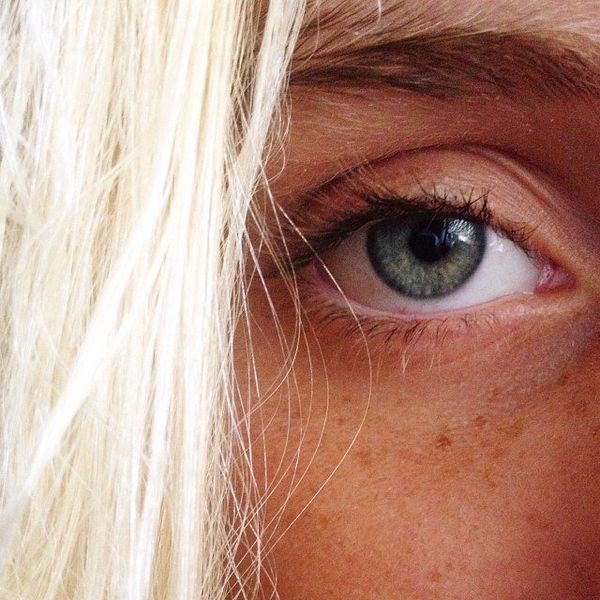I grew up in an area where terms like first-calf-heifer and yearling-bull were commonplace. As I've branched out from my little agricultural bubble, I've come to learn that many of these commonplace terms are not so common at all. In this series, I hope to give those outside the beef industry a better understanding of ranch practices. In this first article, I'm going to define some basic terms when it comes to cattle. Once, y'all have these basics, I'll start answering more questions. Like, "Why castrate?" and "What do I mean when I say 'working cattle'?"
For now, here's what you need to know...
Cattle
Cattle refers to, well, cattle. Domestic bovine raised for beef and dairy purposes. It's not a group of cows or a little cow family. They're cattle.
Cow
This one's important because most people seem to think cow is a general term for the animal, but it's not. "Cow" only refers to a mature female bovine that has had more than one calf. A bull is not a cow. There is no such thing as a "baby cow." A cow is a mature female bovine having calved more than once. Period.
Bull
A bull is an intact mature male bovine. Every bovine with horns is not a bull. Some cattle breeds are horned others are polled (without horns). Horned cattle can be dehorned. Take home point: horns have nothing to do with gender and bulls are intact mature males.
Steer
A steer is a castrated male bovine. Castration serves a number of purposes that I will explain in a later article.
Heifer
A heifer is an immature female bovine that has not had a calf. A first-time-heifer also known as a first-calf-heifer refers to a heifer that has calved once and a second-time-heifer also known as second-calf-heifer refers to a heifer that has calved twice.
Calf
A calf is a bovine of either gender less-than-a-year-old. A heifer calf is a female calf and a bull calf is a male calf.
Yearling
This one's pretty simple. Yearling refers to cattle that are one year old. So a yearling bull is a one-year-old intact male.
Muley
A bovine that is without horns or naturally does not have horns.
Dry Cow
A mature female bovine without a calf and not lactating.
Wet Cow
A mature female bovine with a calf and lactating.
Springer or Springing Heifer/Cow
A female bovine that is showing physical signs of being close to calving.
Calving
The act of a female bovine giving birth to a calf.
Bred Heifer/Cow
A pregnant female bovine.
Short Bred Heifer/Cow
A female bovine in the early stages of pregnancy.
Heavy Bred Heifer/Cow
A female bovine in the late stages of pregnancy.
Open Heifer/Cow
A non-pregnant female bovine.
Bulling Heifer/Cow
Refers to behavior seen in cattle indicating a female in estrus (in heat).
Broke or Broken Mouth Cow
A female bovine with broken or missing teeth due to old age.
Solid Mouth Cow
A female bovine with all of her teeth in place. Usually meaning a young to middle aged female bovine.
Black Baldy/Baldies
A crossbreed of cattle produced by crossing Hereford cattle with a black breed of beef cattle. They are usually black with a white face.
Bald-Faced
A bovine with a white face.
Motley-Faced
A bovine with a face that is mixed in color. For example, it may have a white with black or red spots; or it may have a largely black or red head and face with white spots.
Scurs or Scurred
Horns that are not firmly attached to the skull. Usually hang loose from the animal’s head.
Slick-Eared
A bovine that has not been earmarked.
Cow-Calf Pair
A mature bovine female and her offspring.
Dogie Calf
A motherless calf. It's usually a poor doer that can be described as being little on both ends and big in the middle.
Whether you grew up using these terms on a daily basis or you've never heard them before in your life, join in the conversation. What are some terms I didn't mention? Were any of these new to you? What other questions do you have for the beef industry?



















